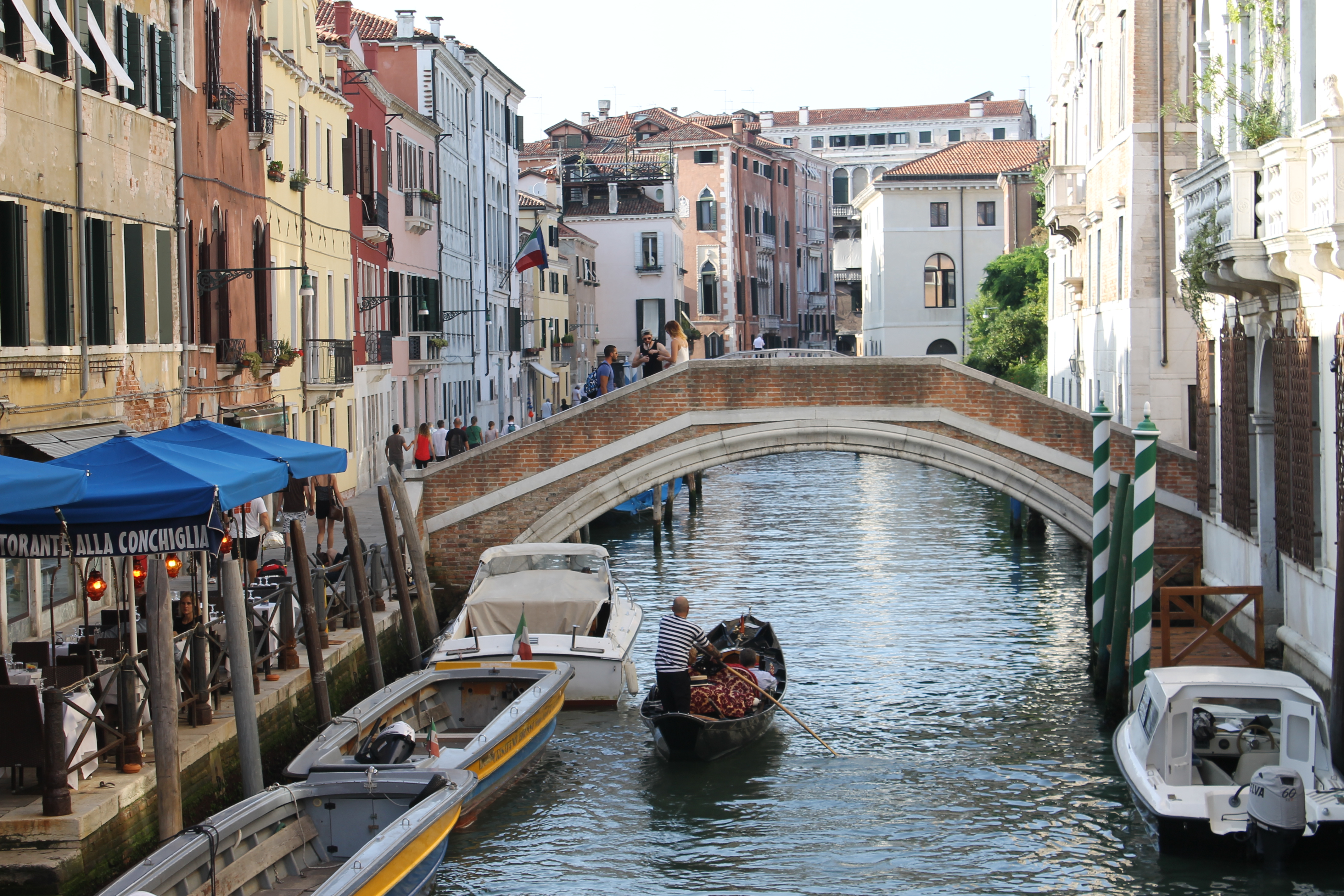Most of what you need to know about traveling to Italy. I’m sure there are other questions you may have but will sum up traveling to Italy in one place.
When to go
The majority of people travel in the summer months so this is when to avoid if you can. Spring and fall are much better not only for the large decrease in crowds but also for the milder weather, not to mention most places are up to 30% cheaper.
Immigration and Customs
Upon landing, you’ll first go through immigration and get your passport stamped. The line is long but moves fairly quickly. After claiming your luggage you’ll simply walk under the nothing to declare sign and out of the airport.
Currency
I like to have some cash with me before I leave but that is a personal preference. If you have a retirement account with someone like Wells Fargo, they will offer currency exchange. ATM’s are plentiful, and the preferred method, but make sure they are bank run ATM’s which will be right outside of the bank. Credit Cards are accepted most places but watch for foreign transaction fees from your bank.
Clothing / Apparel
Dress like the locals. Appearances matter in fashion-conscious Italy. This sounds odd, but you will be judged by your clothing. Shorts and a concert T-Shirt may be comfortable, but you may suffer when it comes to the locals being helpful.
I wore light dress slacks and either a buttondown or polo shirt. A nice pair of comfortable Merrill shoes and I was good for the entire day. Was this extreme? I don’t think so, mainly because the women in your group have to adhere to a stricter dress code.
ALL religious sites require that women have their shoulders and knees covered. Some sites will provide brown butcher paper for you to wrap around yourself if you are not dressed properly. Nothing says “look at me” like crunching while you walk. Not all sites provide this “service” though. We watched a family in Pisa denied entrance to the Cathedral because of improper attire.
Electricity
You will need adaptors to convert the plugs in all of Europe. For Italy, you’ll need the L adaptors which are 3 prongs. Most of the rest of Europe runs on a C adaptor which is 2 prongs.
Transportation
The only reason I would rent a car is if I’m staying in a Villa. Taxis in Rome are easily accessible and the Metro is also easy to navigate. Venice, Florence, Lucca, Pisa, and most other cities are pedestrian-friendly and easy to walk around.
Transportation strikes are common and announced in advance. Always check a week before leaving to see if you need to change any of your plans.
Don’t forget to stamp your ticket before boarding and public transportation at the ticket validating machine. Inspectors do come on board and check and you will be fined if you don’t.
Train Stations
Larger stations like Roma Termini can have up to 24 tracks. In these stations, the trains come in and go right back out the same way. Look at the Arrival / Departure Board, and find your train. Your track will be posted about 20 minutes before your train arrives. You’ll have plenty of time to walk to the gate for your track set, but pay attention, sometimes the track number changes 5 – 10 minutes before arrival.
Smaller stations like Lucca have fewer tracks (4) so they will have a ramp to walk down under the tracks and back up to your platform. These stations are pass-bys so the track number shouldn’t change.
Italian
YES. Learn some Italian. At the very least greetings, goodbyes, menu items, and being able to ask for simple directions, like where is the bathroom. Just trying to communicate, even if you butcher the pronunciation, will get you a smile as you are at least trying.
Restaurants
There is no shortage of eateries in Italy. Find a restaurant where there is nobody urging you to come in, that’s where the locals eat and they don’t need to encourage tourists to frequent their establishment. Stay away from restaurants that are right by major attractions as the food will be average and prices higher as they are usually tourist traps. Plan on eating late, lunch at 1:00, and dinner around 7:00-8:00 as restaurants don’t reopen until then. The wine is fabulous, but don’t get confused with the book of bottles unless you are a connoisseur, the wine you like de la casa (of the house) will be just fine.
Tipping
Italians and most of Europe don’t tip as we do. Service (Il operto) is generally added to your bill. If it isn’t, then 10% of your bill is plenty. In cafes and trattorias, leaving your change after ordering a drink is fine.
Tours
Don’t waste time waiting and hour or two to get into a museum or attraction. BOOK A TOUR. You’ll spend less time on a tour and see and learn everything associated with said attraction than if you wait in line and try to see it yourself. Most tours also grant skip the line access, so you enter through a different entrance, at a set time than waiting an hour or more in line.
Safety
You’re as safe here, and elsewhere, as you are at home as long as you don’t draw unwanted attention to yourself. Dress like the locals, leave your pricey/flashy jewelry at home, keep your wallet and cell phone in your front pocket, don’t wear a fanny pack, don’t walk around with a huge map in front of you. If you need to get directions, use your smartphone’s map feature to get there. Pickpockets are a real thing. Street performers, while there to entertain and make some money, take your attention away so others can try to grab what they can from you. The same goes while taking pictures outside of the top attractions, be aware of your surroundings.
Water Everywhere
Grab a water bottle, take it with you, and fill it wherever you see a fountain. Those lions mouths aren’t just for decoration, the water is the same you’re getting out of every faucet in Rome, Venice and other locales and is the best you’ll ever taste.



